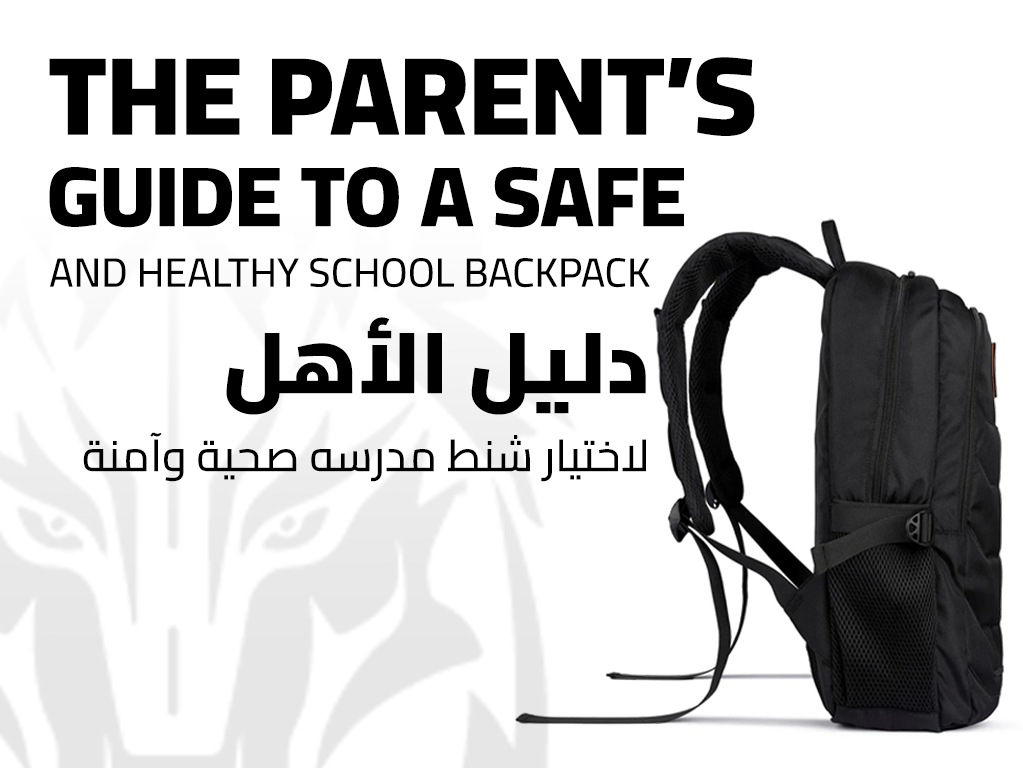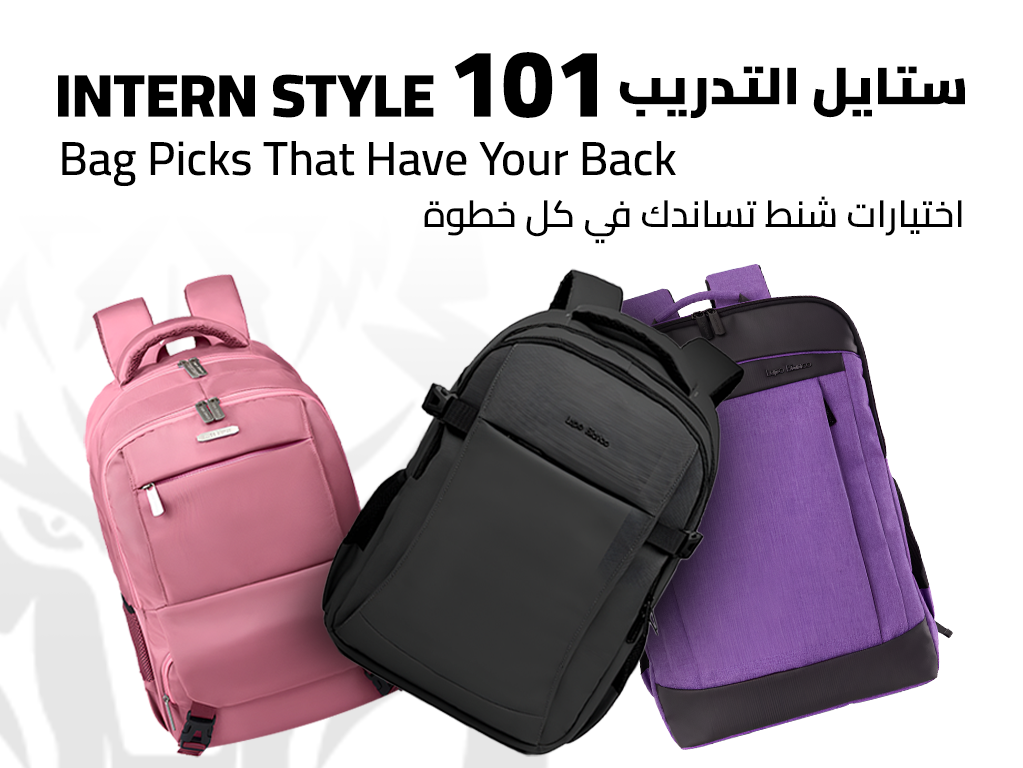As the back-to-school season kicks off, one item tops nearly every shopping list: the school bag. While kids are drawn to bold colors and trendy styles, there’s something even more important for parents to consider—how that backpack impacts their child’s health.
A bag that’s too heavy or worn incorrectly can lead to serious discomfort, from sore shoulders to poor posture. So before your child heads out the door this year, make sure their backpack does more than just look good—it should help them feel good too.
Here’s your go-to parent’s guide to choosing a school backpack that’s as healthy as it is stylish.
What to Look for in a Backpack: A Parent’s Checklist
Choosing the right backpack isn’t just about style—it’s about protecting your child’s health and comfort. Here’s what to look for when selecting a backpack that supports your child’s growing body:
1. Right Size Matters
Fits the torso: The backpack should be no wider than your child’s torso. A bag that’s too wide can throw off balance and affect posture.
Correct length: The bottom of the backpack should sit at or just above your child’s waistline—not more than 4 inches below. This helps maintain a healthy, upright posture and prevents the bag from pulling backward.
Avoid oversized bags: Larger backpacks may seem convenient, but they often lead to overpacking. The more space available, the more likely your child is to fill it—adding unnecessary strain to their back and shoulders.
Why size matters: A backpack that’s too big or too small won’t distribute weight properly, increasing the risk of discomfort or injury during daily use. Always match the size of the backpack to your child’s height and build.
2. Padded, Adjustable Shoulder Straps.
Wide and cushioned straps: Look for shoulder straps that are both wide and well-padded. These help distribute weight evenly across the shoulders, reducing pressure and discomfort during long school days.
Adjustable fit: The straps should be easily adjustable so the backpack can sit snugly against your child’s back. A good fit prevents the bag from hanging too low or pulling backward.
Avoid thin straps: Thin or unpadded straps can dig into your child’s shoulders, causing soreness, and over time, may even lead to nerve irritation or circulation problems.
3. Supportive Back Panel
Padded for protection: A soft, padded back panel provides extra comfort and acts as a buffer between your child’s back and the contents of the backpack, like books, pens, or lunch boxes.
Supports healthy posture: This padding also helps maintain the natural curve of the spine, encouraging better posture and reducing the risk of slouching or strain.
4. Chest and Waist Straps
Even weight distribution: Chest and waist straps help spread the backpack’s weight more evenly across the body, easing the load on the shoulders and upper back.
Reduces swaying: Waist belts keep the backpack securely in place, preventing it from bouncing or shifting while walking or running.
Improves stability: Chest straps hold the shoulder straps in place, stopping them from slipping off and adding extra support for better balance and comfort.
5. Multiple Compartments
Backpacks with multiple compartments are key to keeping things organized and carrying weight comfortably. Instead of having all items jumbled in one large pocket, separate sections allow you to distribute items more efficiently.
Heavier objects like books or tablets should be placed in the compartment closest to your child’s back, helping to center the weight and reduce strain. Lighter items, such as snacks, pencil cases, or accessories, are best stored in the front or outer pockets to maintain balance and prevent the bag from tipping backward. Smart packing starts with smart sections.
Bonus Tip:
-
Keep your child’s backpack light—ideally no more than 10% of their body weight.
-
Encourage them to pack only what’s necessary and leave out anything extra.
-
A quick weekly check can help remove clutter and keep the load manageable.
Conclusion
A school bag is more than just a way to carry books—it directly impacts a student’s health, posture, and even focus in the classroom. With many students transporting not only textbooks but also tech devices, sports gear, and instruments, the weight they carry each day can quickly become excessive. When bags exceed safe limits or are worn incorrectly, they can lead to chronic back pain, posture problems, and muscle strain, especially in growing bodies.
The solution lies in choosing ergonomically designed backpacks that support healthy carrying habits and fit different body types. By prioritizing comfort, balance, and proper use, we can help protect students' well-being and set them up for a healthier, more successful school experience.
Thankfully, Lupo Bianco has your back—literally. Our school bag collection is designed with comfort, safety, and style in mind, giving your child the support they need without compromising on the look they love.
FAQS
1. How do I know if a backpack fits my child properly?
It should fit the width of their back and end at their waist or slightly above. If it hangs too low, it can strain their posture.
2. Why are padded shoulder straps important?
Because they make carrying the bag more comfortable and reduce pressure on your child’s shoulders.
3. Should my child use both shoulder straps?
Yes! Using both straps evenly spreads the weight and helps prevent back problems.
4. Can a bad backpack affect my child’s posture?
Yes. The wrong bag or carrying it incorrectly can lead to bad posture, back pain, or sore shoulders over time.






